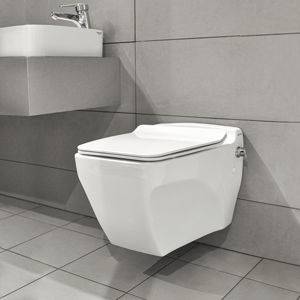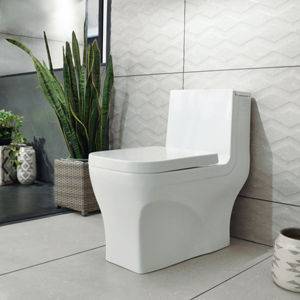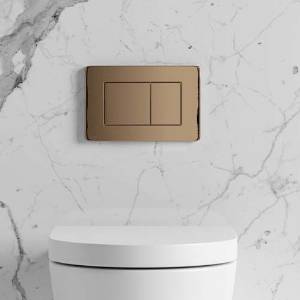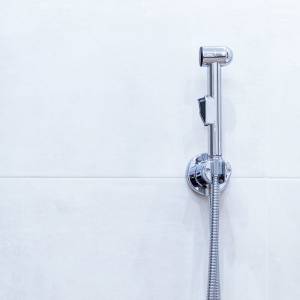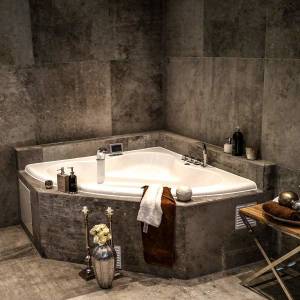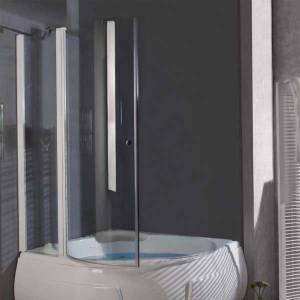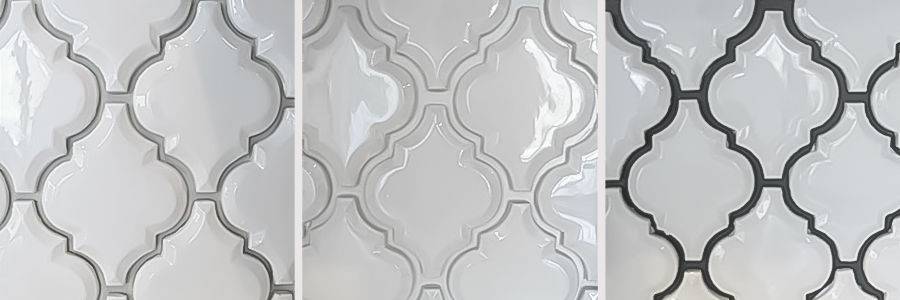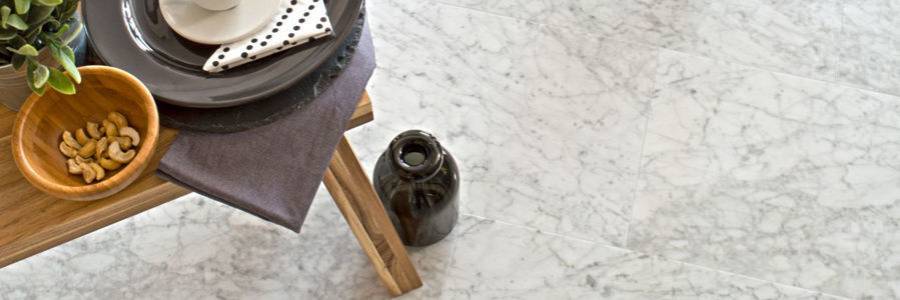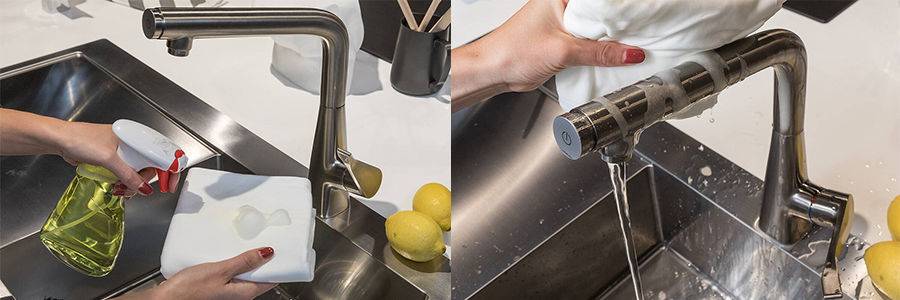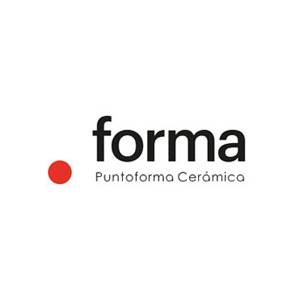Blog posts of '2020' 'March'
Ceramic and porcelain tiles are a good alternative to natural materials – they’re hard-wearing, light and relatively easy to lay. They often cost less than natural materials, which makes them the ideal choice for larger areas or where you have a limited budget. The new styles of oversized tiles are very fashionable and can create a hotel-chic look.
- If you’d prefer your flooring to be subtle rather than bold, go for porcelain tiles with a minimal design, without any texture, in a cool color.
- Choose neutral grey porcelain tiles with a textured finish for a super-chic room.
- For a spacious wet room, use matching ceramic floor and wall tiles.
When it comes to tile flooring, there is no shortage of materials, colors, textures, and designs to choose from. However, not every type of tile is appropriate for every space.
Here are 8 tips to select the best option.
1. Consider Tile Hardness
When browsing different types of floor tiles, one of the most important features to pay attention to is Hardness (the Moh’s scale).
It measures the material’s ability to withstand wear/foot traffic, as well as scratches. The ratings are issued by the Porcelain Enamel Institute and are based on rigorous laboratory testing.
2. Pay Attention To Tile Porosity
Another critical feature not to be missed is porosity. It is determined by the ratio of air holes to solids in a tile, which impacts the amount of water it absorbs. If you are installing tile in a moisture-prone area, such as a bathroom, kitchen, mudroom, laundry room, pay close attention to this rating.
Here are Porosity Classifications:
Impervious: water absorption of 0.5 percent or less. Recommended for use in the kitchen and especially the bathroom.
Vitreous: water absorption of 0.5 percent to 3 percent.
Semi Vitreous: water absorption of 3 – 7 percent.
Non-Vitreous: water absorption of more than 7 percent. This category is not recommended for floor use.
3. Go For Porcelain Tiles – An All-Around Win
If you are looking for a material that has strength, moisture resistance and versatile design, porcelain is the best choice. It is more durable than ceramic and comes in a greater variety of styles, colors and textures. Not all porcelain products are made equal, and you need to check the specs of each one.
Today, thanks to highly advanced technologies, there are countless porcelain tile options that have a higher than average hardness and moisture resistance (these cost more).
4. Ensure Slip Resistance
Most tile materials tend to be slippery, and all the more so, if water is introduced into the equation. If you have children and elderly people in the house, it is very important to install slip resistant tile. The bathroom is a prime place where fall accidents may happen, particularly the shower area, so good slip resistance is highly recommended.
When shopping around for a shower tile floor look for products with a high COF (coefficient of friction).
It is best to install tile sizes that are 4×4 or smaller. Avoid using ones that are bigger than 6×6.
There are a number of options to consider:
1.Ceramic or Porcelain: choose a product that has a special textured surface. Inquire about slip resistant coatings.
2.Slate: this beautiful stone has a naturally slip resistant texture.
3.Small size tile (glass, mosaic, etc): these have more grout lines, making the overall surface more textured and therefore slip resistant. Penny tile rounds are another beautiful design that provides ample traction. They typically come in size 2×2 or smaller. As a result, they would be perfect as shower tiles.
4. Pebble stone: has a highly textured surface and boasts a unique visual aesthetic.
5. Choose Ceramic Wood Tile Instead Of Real Hardwood
If you love the look of hardwood but don’t want to deal with maintenance, consider installing wood ceramic tile. It is highly durable, scratch and moisture resistant.
Best of all, different high-end brands make products that masterfully recreate almost any wood species from domestic to exotic. Even distressed and reclaimed wood grain ceramic tile is available! Check out chic ceramic tile designs from Architectural Ceramics, Porcelanosa, Marazzi USA.
These will look stunning as a kitchen floor tile, particularly in more traditional or rustic spaces. Also, its ideal as a bathroom or a shower floor tile, where a real hardwood would not be recommended.
If you are worried about tile being cold to the touch, you can add under floor heating, and it will feel even more pleasant than real wood!
6. Install Stone Tile For Ultimate Luxury And Quality
If luxury and incredible durability are your top priorities, stone floor tile is second to none. Marble, granite, and travertine can elevate the look of any room of your house. Because no two stones are exactly alike, you get a naturally beautiful floor that will look like no other.
Larger tile sizes, at least 12×12, look particularly impressive and help create a uniform seamless look that is ideal for modern interior designs.
It's important to note that unlike other types of tiles, stone needs to be sealed to maintain the durability and remain resistant to stains. Unsealed stone may remain porous and therefore susceptible to water infiltration. In worst-case scenarios, it may even begin to crumble.
After being initially sealed during the installation process, it will need to be resealed every 5-10 years to maintain optimal looks and quality.
7. Make A Space Appear Larger With Light Floor Tiles
If you have a room that is small and or does not have a lot of natural light, you can improve it by installing light color floor tile. White, sand, beige, cream, etc are all good choices. Marble or ceramic/porcelain would also be a good match for this application.
Larger tiles tend to make a small room appear bigger. You can even install the same material on the walls, which will further enhance the illusion of expanded space. To amplify the affect, and create a seamless flowing surface use a matching grout color. This works particularly well in small or tiny bathrooms.
8. Create A Modern Aesthetic And Custom Designs With Concrete
If you want a very modern, upscale feel in your home, consider concrete tile. It is a highly versatile material that can be used in any room of your house: kitchen, bathroom, living room, etc. Compared to other types of floor tile, concrete’s biggest advantage is that it can be custom made for your particular application.
You can choose the size, color and texture of concrete, request custom cutouts, embeds, special imprinted patterns, as well as three-dimensional sculptural designs. Thus, your design options are virtually endless.
The best part: this unique custom-made flooring is rather affordable. Installation costs range from $6-8 per square foot, which is cheaper than natural stone.
Moreover, concrete is one of the most durable, and long lasting flooring options. It is highly resistant to foot traffic, staining and moisture. Once installed, you will most likely never have to replace it again!
The only major downside to concrete floors is extreme hardness. Some people may find it uncomfortable to touch when walking with bare feet. Also, small children or elderly individuals may get hurt, in case of slipping and falling.




